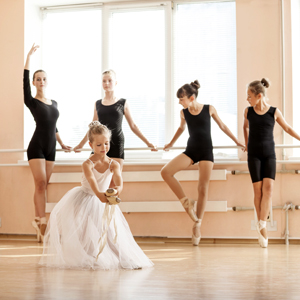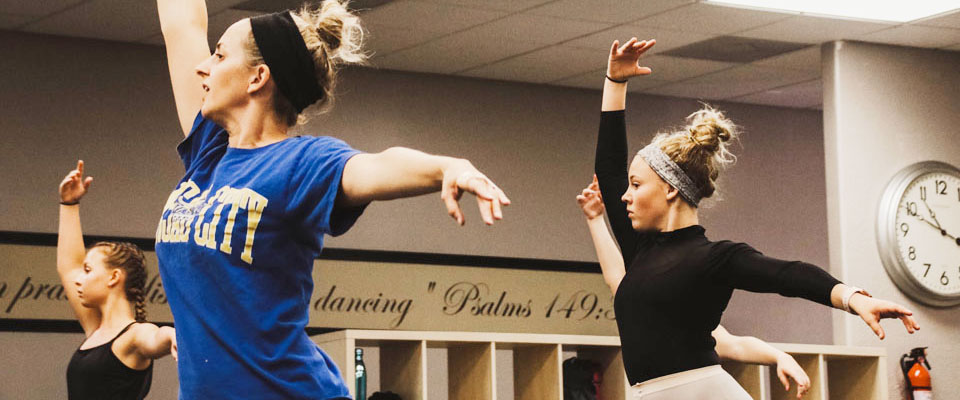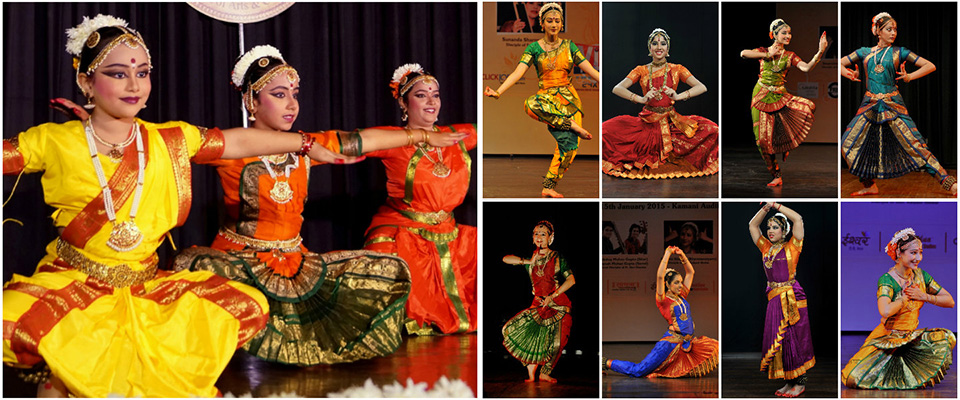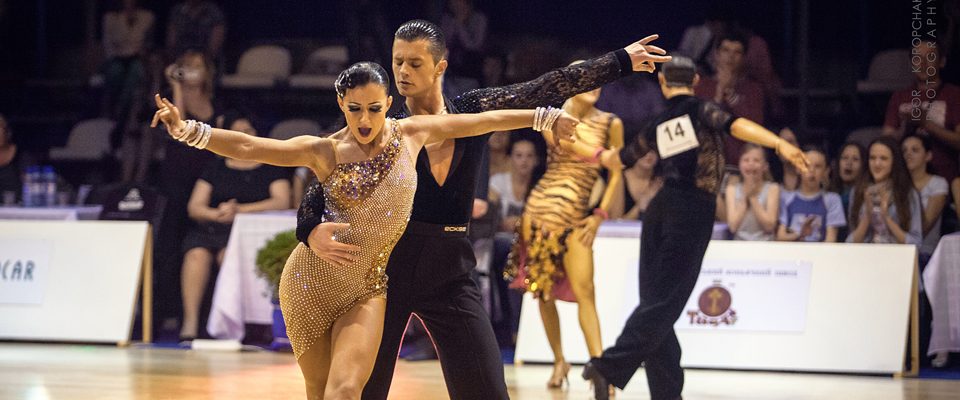The Significance of Dancing History

Dancing has Tremendous Advantages
October 12, 2017
What is Dancing and Why People Dance?
January 12, 2018For dancers and dance teachers, a complete understanding of the history of various dance forms will come in handy in improving their artistic abilities. The sad truth is that academic courses focusing on the evolution of this art before the 19th century are practically nonexistent in the present era.
Uninterested youngsters need to be inspired
The other end of the spectrum looks equally glum because dance students have not shown the requisite level of enthusiasm to study dance forms which existed before the 19th century. It is essential to bear in mind that dancing as an art has always been popular. Dance forms are never sudden inventions. It is always about gradual changes and revolutions with time when it comes to the creation of dance forms.
 Dance forms are cultural heritages
Dance forms are cultural heritages
It is not just about understanding your art in a better fashion because awareness of dance history is also about the preservation of cultural identity. In the modern era, dancing is mostly about stage performances, but the social significance of this art form cannot be underestimated. Historically, dancers were about social gatherings and a method of celebration.
Modification is not extinction
Some people feel that over the years, many traditional forms of dancing have become extinct. The reality is that they have evolved into something dramatically different from their predecessors. So, it would not be accurate to say that dance forms have died a painful death. Yes, the popularity of many traditional dances has waned over the years, but they remain relevant from a cultural and historical point of view.
Hope still exists
Some recent developments in dance institutions have shown signs of promise. Young dance students are being informed about the historical perspective of the dances that they are studying. If this trend continues, then the future might be substantially better than the recent past.




